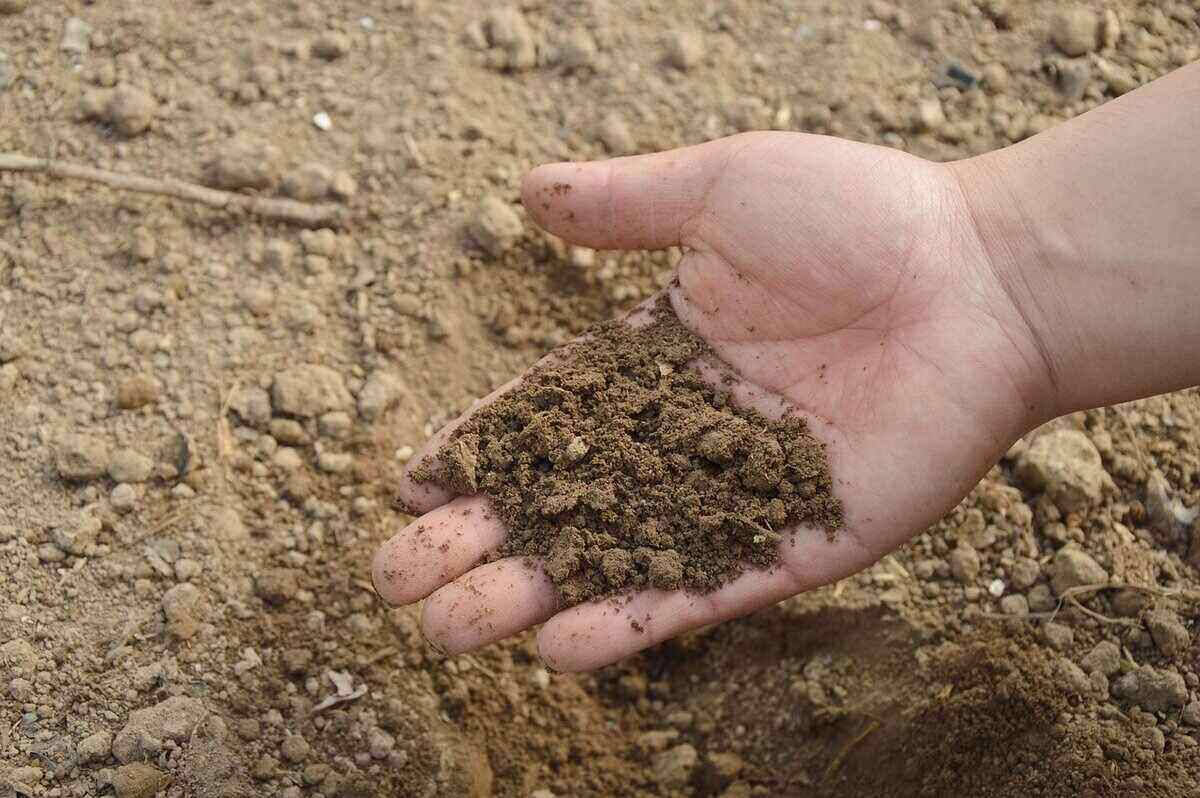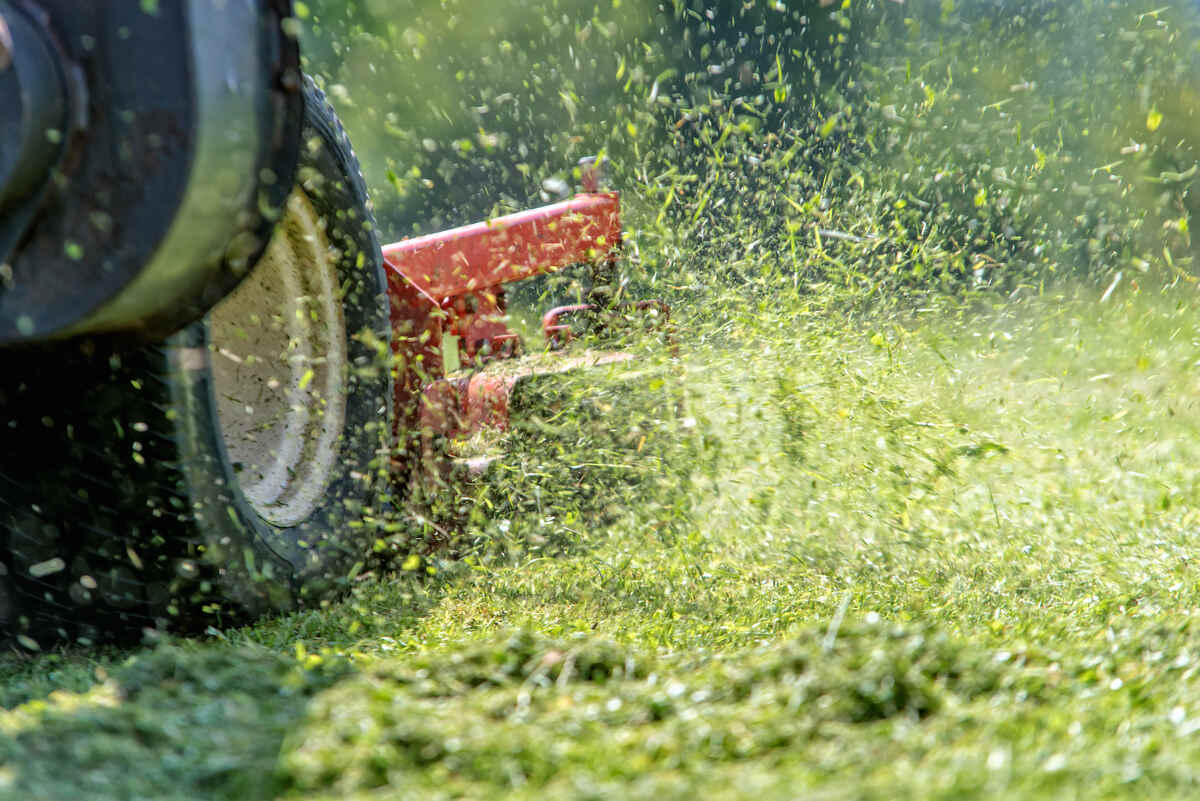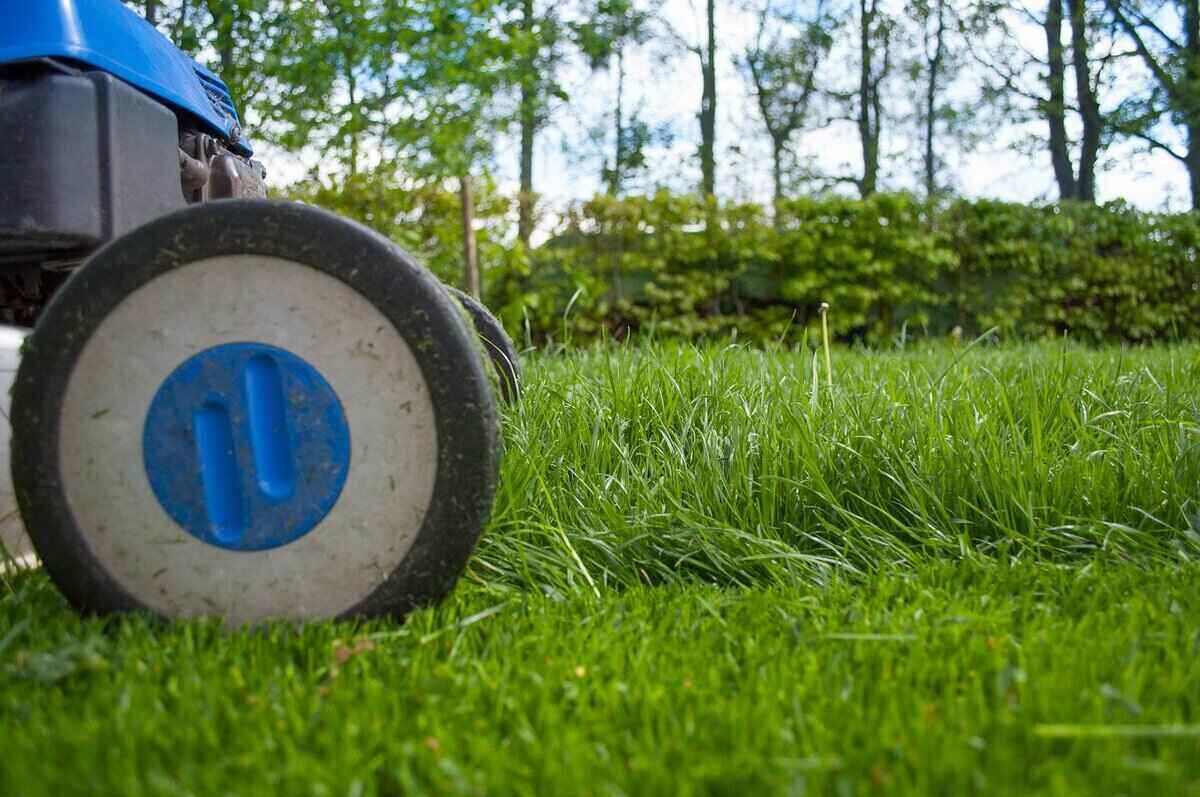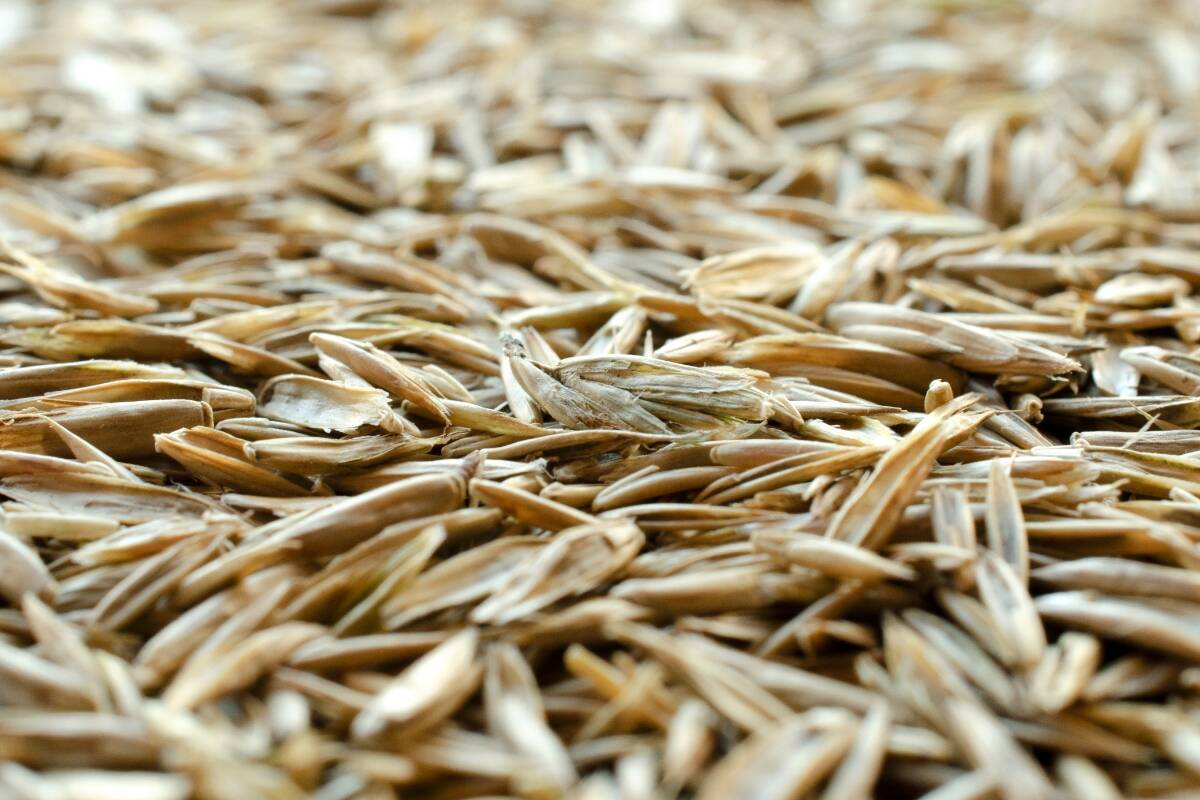
Have you ever wondered when to overseed your lawn in spring? Timing is crucial, and even though it might seem complicated, it doesn’t have to be. The ideal moment for overseeding is when soil temperatures are over 50 F, depending on what type of grass you cultivate.
Overseeding is the key to transforming a sparse, thinning lawn into a green haven. In this article, we’ll explore the ins and outs of overseeding so you’ll gain the confidence to tackle this project and reap the rewards of a beautiful and resilient lawn.
Best Time to Overseed in Spring

The ideal time to overseed your existing lawn depends significantly on two main factors: the soil temperature and the type of turfgrass adorning your lawn. You can kick off your overseeding journey once soil temperatures consistently stay above 50 F, but here are some points to note regarding the grass type:
Cool-Season Grass
While fall is the prime time for planting cool-season grasses like tall fescue, perennial ryegrass, and Kentucky bluegrass, early spring offers a second window of opportunity. These grass types prefer chilly temperatures, so aim to overseed when soil temperatures are consistently between 50 and 65 F. This typically occurs in early spring.
However, you should pay attention to the weather forecast, as late frosts can sabotage your efforts to thicken your lawn.
Warm-Season Grass
On the other hand, warm-season grasses like Bermudagrass and Zoysia crave hotter temperatures, so spring is the perfect time to overseed them. If your lawn features these grasses, you’ll want to wait until the soil temperature is over 65 F, which typically occurs in late spring.
This timing is vital because warm-season grasses need heat to thrive, and overseeding them too early in cooler soil could result in poor seed germination rates.
How to Determine the Soil Temperature
Overseeding your lawn requires more than just a calendar; it’s a bit like baking a perfect loaf of bread. Just as you wouldn’t put your dough in an oven that hasn’t reached the right temperature, you wouldn’t want to plant your seeds in too cold or hot soil.
So, if precision is your prerogative and you want to ensure the ideal conditions for overseeding, mastering the art of measuring your soil temperature is key.
You can get an accurate reading of your soil’s temperature with a simple instant-read thermometer or a dedicated soil thermometer. Here’s how:
- Take the measurement: Insert your thermometer into the soil up to the hilt, ensuring it’s deep enough to gauge the temperature where your grass’s roots will be (this is typically around 2 to 6 inches deep). Hold it there for about a minute to get an accurate reading.
- Record the result: Check the temperature reading and write it down.
- Repeat the process: Repeat this process for at least three consecutive days around the same time, preferably in the early morning.
Now, interpreting your findings is the next step:
- If your readings are consistently between 50 and 65 F, it’s the prime time for overseeding cool-season grasses.
- If the thermometer reads above 65 degrees, then the conditions are ripe for warm-season varieties.
- If you have cool-season grass and the temperature has climbed consistently above 65 degrees, you might have missed your optimal overseeding window for spring.
What is Overseeding?
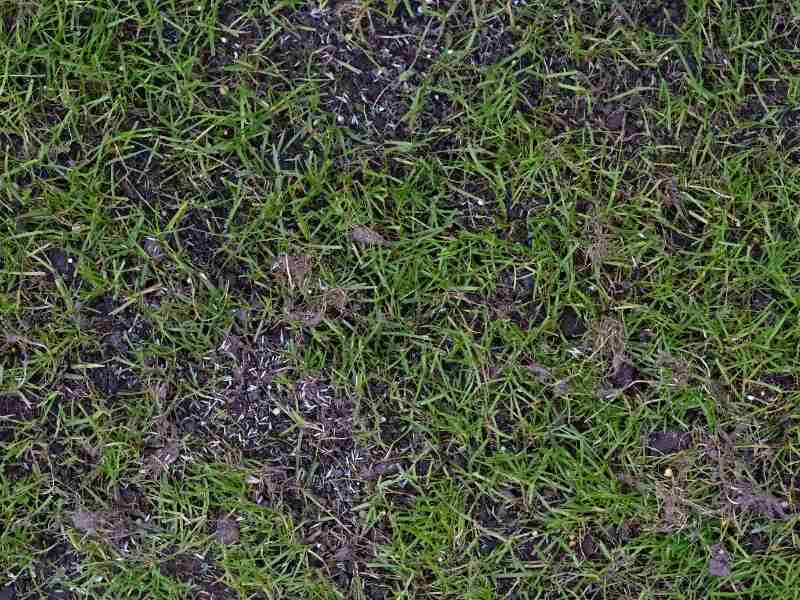
In essence, overseeding involves spreading new grass seed over existing lawns. This isn’t starting a lawn from scratch; it’s more like giving your yard a long-term beauty boost. The process is akin to filling in a patchy beard or adding more detail to a sparse painting — you’re not redoing the whole thing, just improving and filling in what’s already there.
By distributing new seeds over thinning or bare areas, you’re helping to increase the density of the grass, thereby enhancing the overall lushness and health of your lawn.
Here are a few of overseeding’s benefits:
- Improves lawn appearance: Overseeding rejuvenates your lawn, filling in bare spots and enhancing its color, making it more pleasing to the eye.
- Increases grass density: A thicker lawn not only feels better underfoot but also helps the entire turf stay healthy.
- Enhances resistance to weeds: With more grass occupying space, there’s less room for weeds to take root and thrive. It’s a natural way to keep those pesky plants at bay.
- Boosts disease resistance: Overseeding strengthens the turf’s defense against various diseases, keeping each blade healthier.
- Helps control erosion: A thicker lawn resulting from overseeding is far better at holding soil in place, preventing erosion caused by wind, water, or other elements.
- Reduces the need for chemicals: A healthier lawn is its own shield against pests and diseases, cutting down your reliance on chemical aids. It’s a win for the environment and your wallet.
How to Overseed in Spring
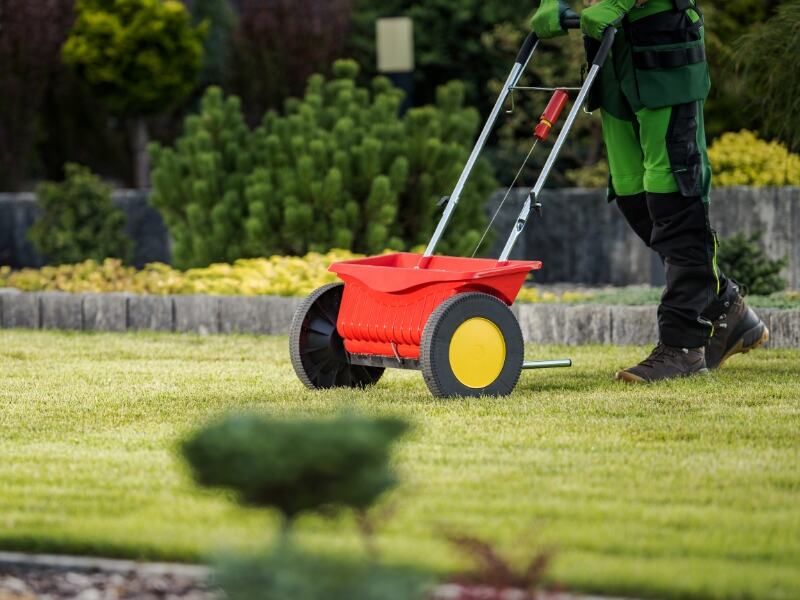
With the right steps, you can efficiently overseed your lawn, setting the stage for a lush, healthy lawn in spring.
Below is a step-by-step guide on how to overseed, designed to simplify the process and guarantee the best results:
- Step 1: Mow your lawn about 1 inch shorter than usual. This closer cut allows sunlight to reach the soil more easily, and ensures new seeds are less obstructed by tall grass.
- Step 2: Don’t leave the clippings on the lawn this time. Bag them and remove them from the area so they don’t prevent new seeds from reaching the soil.
- Step 3: Use a sturdy garden rake to clear away any remaining debris, thatch, or dead grass. This process also helps to lightly lose the soil’s surface, making it more receptive to new seeds.
- Step 4: If your soil is low in organic matter, it may need a boost. Add a thin layer of enriched topsoil or compost over the area.
- Step 5: Choose the best grass seed for your region. Opting for a species that is well-adapted to your local weather and soil ensures better growth and less maintenance in the long run.
- Step 6: Spread the seeds in an even distribution using a spreader. Depending on the size of your lawn, you could use a handheld spreader for smaller areas or a walk-behind version for larger spaces.
- Step 7: Once the new grass seeds are sown, immediately water your lawn. Water plays a critical role in germination, so keep the soil consistently moist, watering lightly every day until the new grass is well established.
Maximize Overseeding Success in Spring
One of the most common obstacles in overseeding is that new grass seeds often rest atop the existing grass or soil with minimal contact, making it difficult for them to germinate and fulfill their purpose of fixing your lawn’s bare patches or thinning areas.
Luckily, you can significantly increase overseeding’s success with some techniques:
Dethatching
Over time, lawns accumulate a layer of dead grass, roots, and debris known as thatch. While a thin layer of thatch can be protective, too much becomes a barrier, blocking water, nutrients, and new grass seeds from reaching the soil.
Dethatching removes this excess material, clearing the way for seeds to make direct contact with the soil. You can use a specialized dethatching rake for smaller areas or a power dethatcher for larger lawns. This process not only makes room for new growth but also improves the overall health and appearance of your lawn. For more information, check out our article on the benefits of dethatching.
Aeration
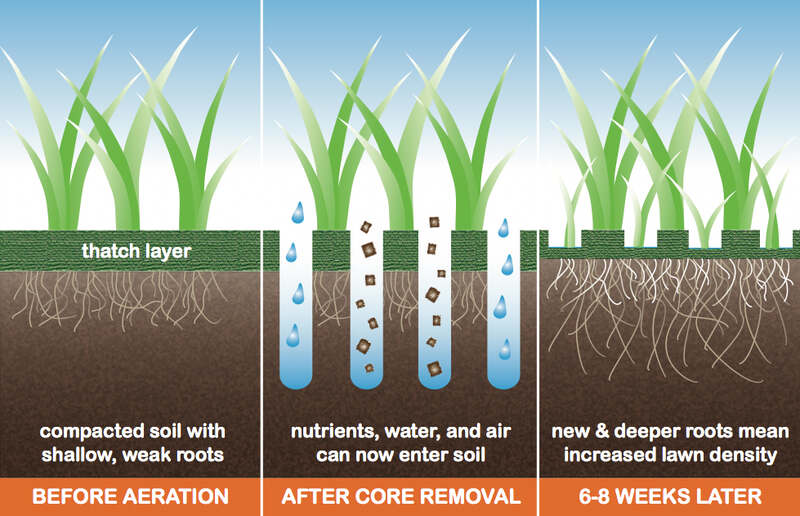
Soil compaction is another common issue that hinders the success of overseeding. When soil is compacted, it restricts the flow of essential elements like water, oxygen, and nutrients to the root system. Aerating your lawn, which involves making small holes in the soil, alleviates this compaction.
Aerating also provides cozy spots where grass seeds can settle in, increasing seed-to-soil contact and germination success. You can aerate your lawn manually with hand-held tools like a spading fork or core aerators or hire a professional lawn care service for larger areas.
Power Seeding
Traditional overseeding techniques, while effective, can often be labor-intensive and time-consuming, requiring separate processes of dethatching, aerating, and seeding. Enter power seeding, a method that uses a specialized machine with rotating blades that cut rows in the soil at the same as it deposits new grass seeds into the slits.
Because the seeds are sown directly into the soil, they are shielded from external elements and have immediate access to the soil’s vital nutrients, fostering quicker and more robust sprouting. However, this comes at a higher initial cost compared to standard overseeding.
FAQ About Spring Overseeding
What is the Best Month to Overseed Your Lawn?
The best month to overseed your lawn varies depending on the type of grass you have. For warm-season grasses, late spring, specifically around May, is ideal. On the other hand, the preferable seeding window for cool-season grasses is in the fall, from late August to early September, and alternatively in early spring, around March.
How Often Should You Overseed a Lawn?
Overseeding your lawn once a year is generally recommended to maintain thick, healthy grass. The best time to do so for cool-season grasses is fall, so the grass seedlings have time to establish before winter.
Conversely, if you have warm-season grass, you should overseed in the spring when temperatures are starting to rise, providing an ideal environment for the seeds to germinate and thrive throughout the summer.
Should You Overseed Before or After Applying Herbicide?
You should overseed at least 30 days after applying any herbicide for weed control. Pre-emergent herbicides are designed to prevent weed seeds from germinating, but they do not discriminate against grass seeds. If you overseed before applying these herbicides, you run the risk of the chemicals killing your new grass seeds, rendering your overseeding efforts futile.
When to Call the Pros
Now that you know everything about overseeding in spring, you’re one step closer to transforming a lackluster landscape into a vibrant, healthy lawn.
However, even with all this information at your fingertips, achieving the perfect lawn can be labor-intensive and requires expertise and precision. Call a local lawn care professional to handle spring overseeding so you can rest assured your lawn’s specific needs will be taken care of.
Main Photo Credit: undefined undefined / Canva Pro / License

